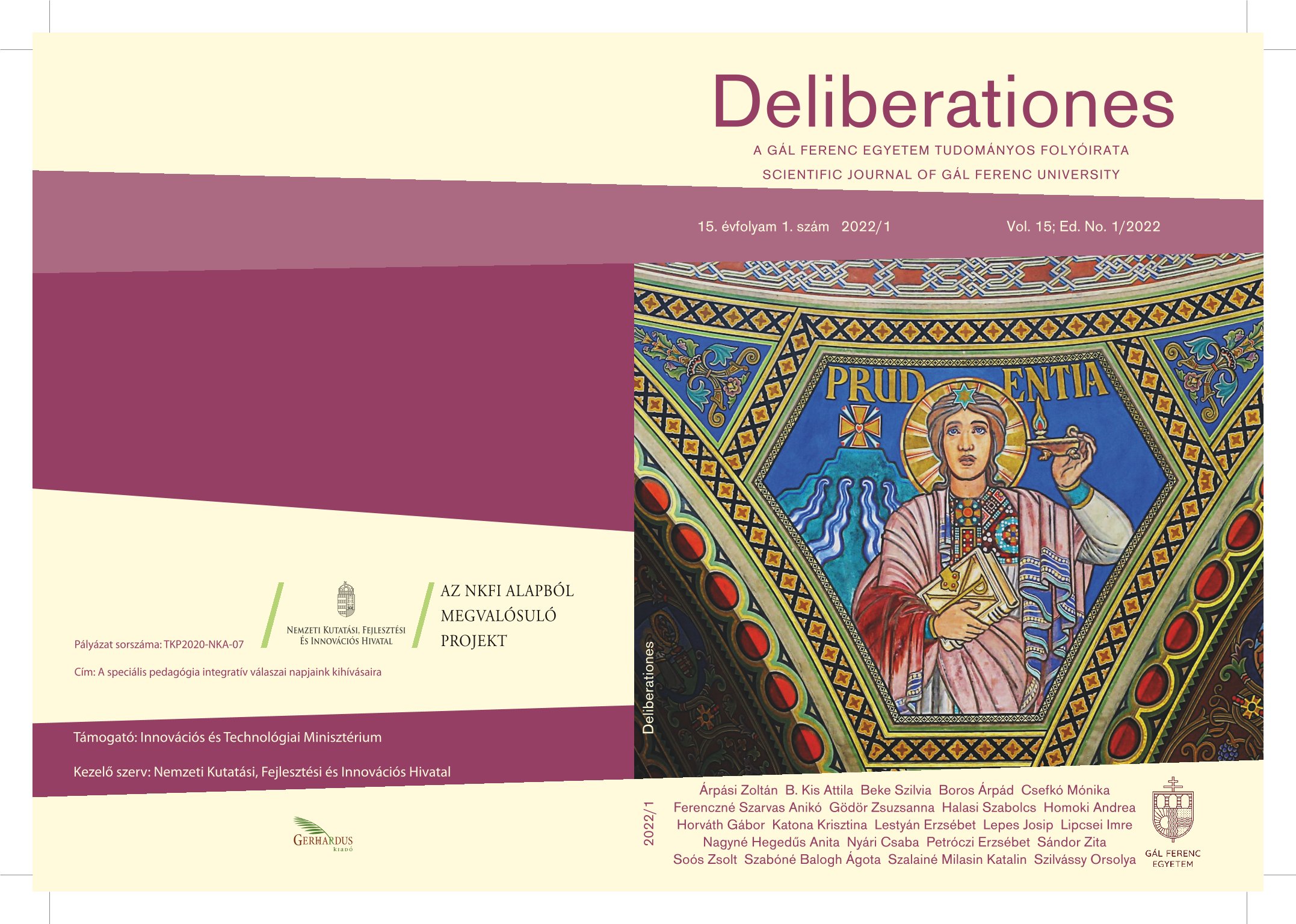Abstract
Hungary is situated in the Carpathian Basin, in Central Europe, at the crossroads of Eastern and Western cultures. Specific expressions and concepts have evolved over the centuries, including our coat of arms which contains ecclesiastical symbols that are less well known in today's Hungarian society. If we want to understand the true meaning and importance of them, it is impossible without the knowledge of Catholicism. The problem is complex, because generations grew up during the years of communism without any theological knowledge. In addition to education in the faith, we must first and foremost get to know the Carpathian Basin as thoroughly as possible, and introduce it to our children through personal examples and relations. At the same time, we must take care that religion and national feeling do not become a source of pride and self-assertion.
References
Betori, G. (2021). Il cardinale Betori contro Halloween: „Una sceneggiata che banalizza la morte.” 2021. november 3. https://www.firenzetoday.it/cronaca/betori-contro-halloween.html?fbclid=IwAR0NY-JvMd0CfKQvl2jlW7Ysma4B8tTcX2cHfMKMaGnrU0PIw1hVZJoxF8k (Letöltve: 2022. 10. 04.)
Biesinger, A. (2014). Gyermekeink és a hit. Miért olyan fontos a vallásos nevelés? Dialóg Campus Kiadó, Budapest-Pécs.
Boulad, H. (2017). „Miért lettem magyar?” Heti Válasz, 2017. március 23. 10-13.
Fehérváry, J. (2020). Szentmise-kommentár: Népet gyűjtesz magad köré… 2020. szeptember 6. https://www.magyarkurir.hu/hirek/szentmise-kommentar-nepet-gyujtesz-magad-kore (Letöltve: 2022. 10. 04.)
Horváth, G., Lenčiš, Š. (2012). A kettőskereszt a magyar és a szlovák címerben. Gerhardus Kiadó, Szeged-Kassa-Brünn,
Horváth, G. (2017). Eszme, jóság, erő, oltalom. Az apostoli királyság gondolata Glattfelder Gyula csanádi püspök interpretációjában. Deliberationes, 2017/2., Gerhardus Kiadó, Szeged. 33-102.
Kandinsky, W. (1989). Lo spirituale nell’arte, Milano, SE. (Eredeti cím: Über das Geistige in der Kunst, Insbesondere in der Malerei)
Korzenszky, R., Somorjai, Á. (1989). Magyar sorskérdések. Előadások a magyar kultúra és népesedés keresztény szempontjairól. Róma.
Orbán, B. (2021). A hazafias szellem és a nemzetközi kiválóság az MCC képzéseinek célja. 2021. október 31. https://www.origo.hu/itthon/20211031-orban-balazsa-hazafias-szellem-es-a-nemzetkozi-kivalosag-az-mcc-kepzeseinek-celja.html (Letöltve: 2022. 10. 04.)
Ratzinger, J./Benedetto XVI (2021). La vera Europa. Identità e missione. Introduzione di Papa Francesco. A cura di Pierluca Azzaro e Carlo Granados, Libreria Editrice Vaticana, Siena, Cantagalli.
Rupnik, M. I. (2016). Hallgassuk az angyalaink hangját – Marko Ivan Rupnik a Gazdagréti templom mozaikjairól. Angyalvár, 2016. december 20. – Karácsony, 6-9.
Szabó, J. L. (2013). Gondolatok a katolikus nevelésről szülőknek és pedagógusoknak. Kairosz Kiadó, Budapest.
Székely, J. (2016). A hit kapuja. Szent István Társulat, Budapest.
Tomka, M. (1994). Egyház és vallásosság a mai Magyarországon. Budapest.
Tomka, M. (2006). Vallás és társadalom Magyarországon. Loisir Könyvkiadó Kft., Budapest.
